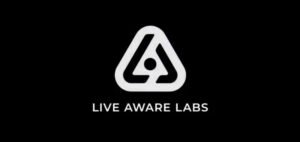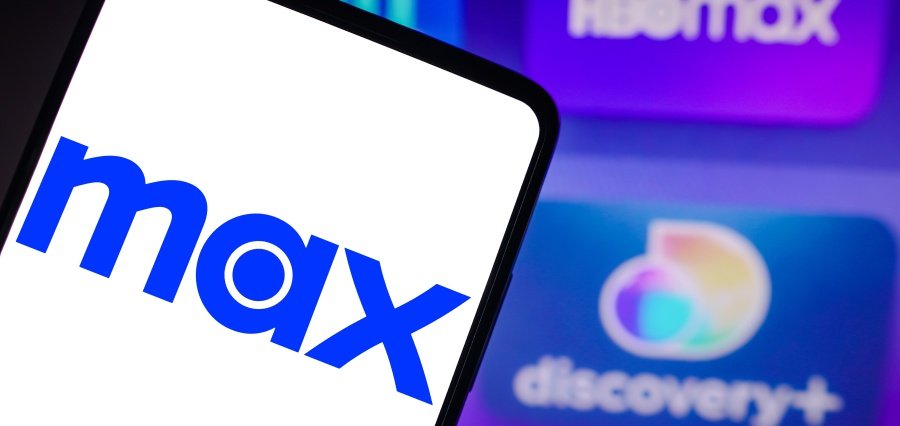PayPal is expanding its presence in U.S. point-of-sale (POS) payments by integrating its debit card with Apple’s mobile wallet and offering 5% cashback rewards. This move marks a shift in strategy as the global online payment’s leader seeks to directly compete with tech giants and banks in the in-person payments space.
The expansion is part of an ambitious plan by PayPal’s new CEO, Alex Chriss, who joined from Intuit last year. While PayPal has long been a leader in online and peer-to-peer payments through its Venmo app, it has largely stayed out of the in-person payments market. Chriss aims to change that.
“E-commerce has been one of the fastest-growing areas where people spend their money, but it’s not everything,” Chriss said. “Now, consumers can use PayPal for every purchase, everywhere, every time.”
As part of the push into physical retail, PayPal is offering 5% cashback on select purchases, up to $1,000 per month, and additional rewards with brands like DoorDash and Sephora. The move comes as U.S. debit card payments have surged, reaching $4.55 trillion in 2021, up from $2.47 trillion in 2015, according to Federal Reserve data.
PayPal’s integration with Apple Pay allows customers to use their debit cards for mobile wallet and “tap to pay” transactions, tapping into the growing trend of mobile payments.
The 5% cashback offering makes PayPal’s debit card among the most competitive, with only 24% of debit cardholders reporting cashback rewards in 2023, compared to 74% of credit cardholders, according to a report by Valuedynamx.
Despite its first-mover advantage in online payments, PayPal faces growing competition from Apple and Google in mobile payments. To support this initiative, PayPal is making its largest-ever marketing investment, though the company declined to disclose the amount.
CEO Chriss has called 2024 a “transition year” for PayPal, with plans to grow revenues beyond transaction-related volumes through initiatives like AI-driven products and a one-click checkout feature. PayPal’s stock is up 17% this year but still lags behind the S&P 500’s 22% gain.
Read More : https://coverstorymagazine.com/








